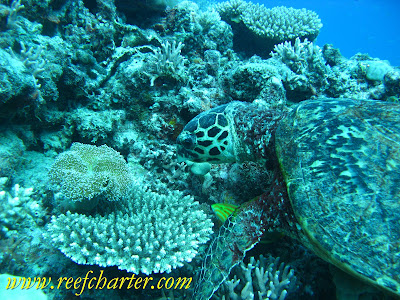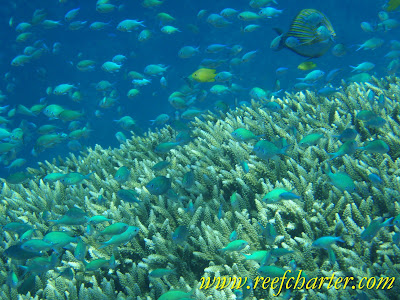Practices that you can do to help sustain the Great Barrier Reef for generations to come
• Practice at first over sand patches and away from the coral:
• Get comfortable with buoyancy control and finning techniques.
• Be mindful of where your fins are to avoid accidentally hitting the reef or stirring up sand.
• Snorkel carefully near the Reef:
• Move slowly and deliberately in the water, relax and take your time – to remain horizontal in the water, and refrain from standing up.
• Do not snorkel into areas where the water is less than one metre deep.
• Do not touch the walls of semi-confined areas (for example, small swim throughs and overhangs), never squeeze through a small area.
• Use rest stations or other flotation aids (for example, float lines, swimming noodles, and flotation vests) if you need to rest while snorkelling.
• Do not lean on, hold onto, or touch any part of the reef or moving animals when taking underwater photographs.
• Be mindful of all marine life:
• Avoid making sudden or loud noises underwater.
• Avoid chasing or attempting to ride or grab free-swimming animals (such as turtles, whales, and sea snakes). Avoid blocking their path or making them change direction.
• Do not touching or relocating any animals or plants.
• Stay more than one metre away from giant clams.
• Do not feed the fish.
• Do not collect any shells or ‘souvenirs’.

